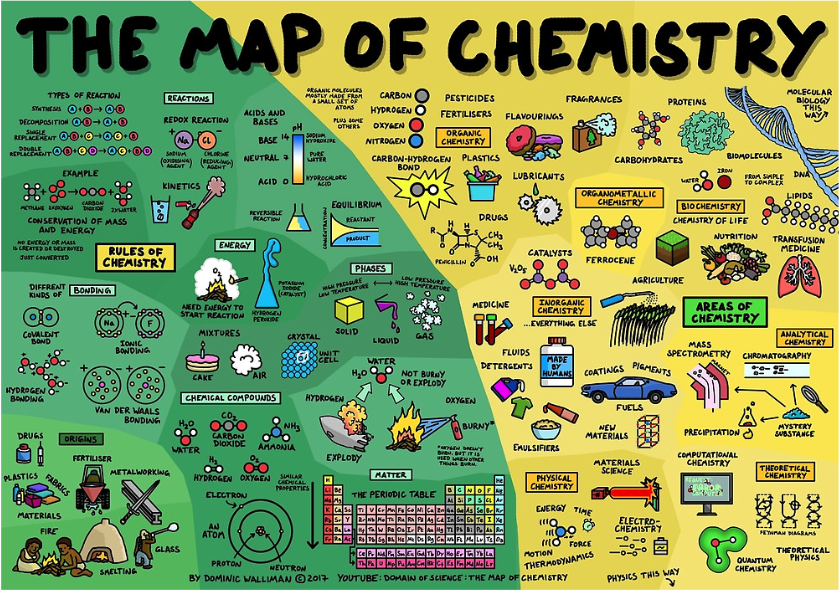I entered high school to the huge sounds of Soundgarden’s second album, Louder than Love, playing at home, in friends’ cars, on MTV’s 120 Minutes late at night.… The band’s debut, and two previous EPs released on Seattle’s Sub Pop records, had not attracted much notice outside of a fairly small scene. But Louder than Love—especially “Hands All Over”—was as hooky and alarming as breakthrough singles by other emerging bands on the other side of the country, while losing none of the propulsive grit, groove, and raw, metal/hardcore power of their earlier work. Thousands of new listeners started paying attention.
But there’s another reason the songs on Louder than Love resonated so strongly (and scored them a major label deal). The album announced singer Chris Cornell as a vocalist to be reckoned with—a singer with incredible power, melodic instinct, and a four-octave range.
On songs like “Hands All Over” and “Loud Love,” he broke away from a fairly narrow Ozzy Osbourne/Robert Plant style he’d cultivated and introduced a sound that took both influences in a direction neither had gone before, one full of anguish, urgency, and even menace.
Millions more got to know Cornell’s voice after Superunknown’s “Black Hole Sun,” but even then no one would have predicted the direction he would go in after leaving Soundgarden. He injected soul and sensitivity into songs like Audioslave’s “Original Fire” and “Be Yourself”—love ‘em or don’t—qualities we can hear in abundance in his covers of sensitive and soulful songs like Prince’s “Nothing Compares 2 U” and Michael Jackson’s “Billie Jean.” In his unplugged version of Jackson’s pop masterpiece the song acquires the heaviness and grievous beauty of a murder ballad. And I mean that entirely as a compliment. He brings “Nothing Compares 2 U” into “soulful new life,” as Slate writes, which is saying quite a lot, given that Sinead O’Connor’s version is more or less perfect.
Cornell took his own life at age 52 on Wednesday night after playing with a reunited Soundgarden in Detroit, and after struggling with depression for many years. It’s true he was never lauded as a songwriter of a Prince/Michael Jackson caliber. His lyrics were often tossed-off free associations rather than carefully crafted narratives. One’s appreciation for them is a matter of taste. But like the artists he covers here, both of whom also died tragically in their 50s, his music reflected a deep concern for the state of the world. This comes through clearly in songs like “Hands All Over,” “Hunger Strike,” and in some pointed comments he made during his final performance.
Rolling Stone has a few more acoustic Cornell covers of Metallica, the Beatles, Elvis Costello, and more, and they’re all great. He did a profoundly affecting, gospel-like take on Whitney Houston’s belter, “I Will Always Love You.” But for a true, and truly heartbreaking, example of how he could imbue a song with his “unforgettable vulnerability,” watch him play Bob Marley’s “Redemption Song” at New York’s Beacon Theater in 2015 above, in an absolutely riveting duet with his daughter, Toni. Cornell will be dearly missed by everyone who knew him, and by the millions of people who were deeply moved by his voice.
Related Content:
Prince Plays Unplugged and Wraps the Crowd Around His Little Finger (2004)
Johnny Cash & Joe Strummer Sing Bob Marley’s “Redemption Song” (2002)
Patti Smith’s Cover of Nirvana’s “Smells Like Teen Spirit” Strips the Song Down to its Heart
Josh Jones is a writer and musician based in Durham, NC. Follow him at @jdmagness


